Alessi’s centenary collection celebrates design masters from Sottsass to Castiglioni
Throughout the year, Alessi has been launching new collections celebrating 100 years of design excellence and creativity, with special editions of iconic pieces by Ettore Sottsass, Achille Castiglioni, Philippe Starck and more. We speak to Alberto Alessi to discover his company's story of design
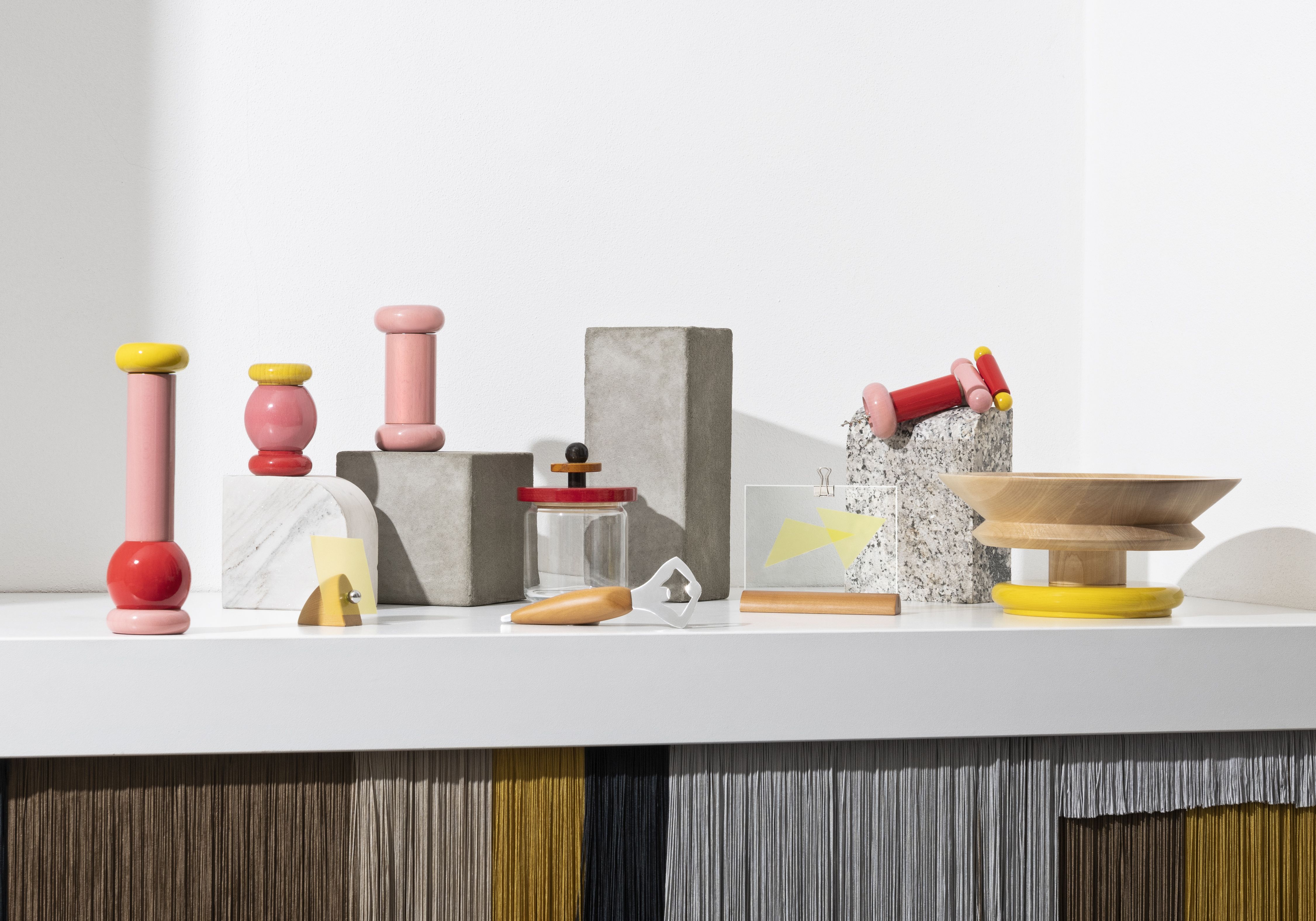
From Philippe Starck’s squid-inspired juicer to Alessandro Mendini’s anthropomorphic corkscrew and Michael Graves’ kettle with bird-shaped whistle, the Italian brand Alessi has become synonymous with humorous designs that combine colourful resin details with playful shapes (many of which are made of stainless steel, the firm’s material of choice since its founding in 1921).
But when third-generation owner Alberto Alessi first entered his family business in 1970, there was nothing colourful about the company. While his grandfather and father had established a successful business producing well-made objects, there wasn’t a strong creative element to its products. ‘In 1970, Alessi felt a bit grey,’ he recalls. ‘Everything was made of metal, and the factory smelled like car oil. I was young and hopeful, and my plan was to introduce a bit of fun.’ He did so by inviting what he calls ‘an exaggerated number of designers’ to boost the aesthetic quality of the company, setting a new course for what over the next 50 years would establish itself as one of Italy’s most recognisable and relevant design brands.
Alessi icons by Achille Castiglioni and Philippe Starck

Bulbul kettle, by Achille Castiglioni, designed in 1995
This year, Alberto Alessi is celebrating his family firm’s centenary with a year-long project that pays tribute not only to the design masters he worked with over the years, but also the values that have shaped the company during this time. Every month for the next year, a new product will be unveiled, either a previously unreleased design or a novel version of an Alessi classic.
Most recent releases include the Bulbul kettle, designed in 1995 by Achille Castiglioni and representing irony. 'People often ask me why irony as a rhetorical notion is often to be found in our products.' says Alessi. 'It probably responds to the attempt we make not to take ourselves too seriously, to lighten up our daily lives.' He recalls working with Castiglioni on the project: 'Achille often reminded me that I would ask him to design kitchen utensils that he was unaccustomed to using: as an example, his kettle presents a new way of handling this object: almost as if to suggest an invitation to play by sliding it across the kitchen surface.'
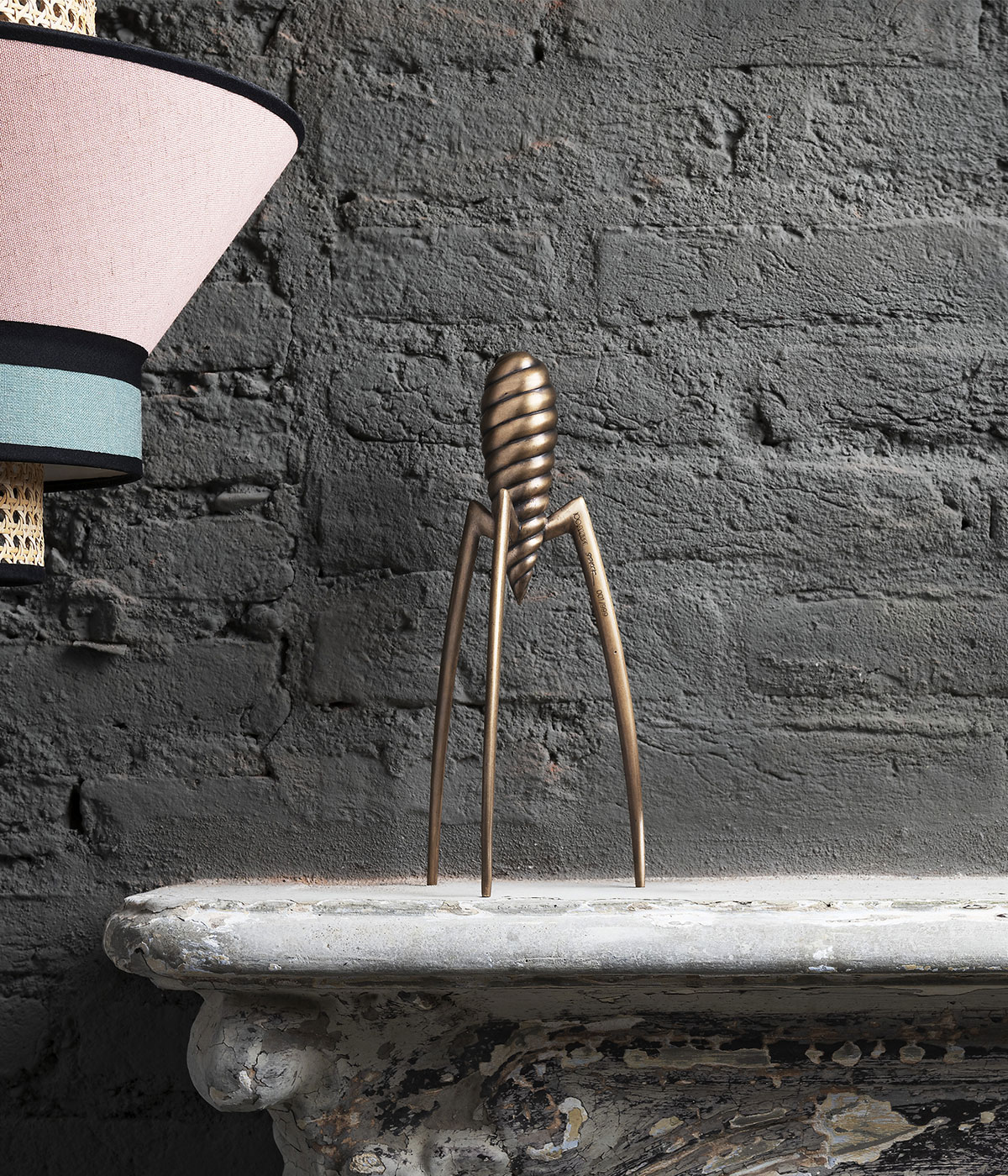
Juicy Salif Study n.3
Another anniversary reissue is Philippe Starck's iconic Juicy Salif steel juicer, one of the most recognizable kitchen utensils originally designed in 1988. The new launch features a previously unseen research sample defined by a twisted design and released in a limited edition of 999.
Alessi at 100: a celebration through iconic design

Twergi by Ettore Sottsass
The celebrations kicked off in Spring 2021 with a project dedicated to Industrial Craftsmanship, a fitting theme for a company that has described itself as ‘a cross between a mass production industry and craftsman’s workshop’. The initiative’s first offering is Twergi, a collection initially conceived by Ettore Sottsass in the 1980s, and now released in new colourways. Inspired by local wood-turning traditions, the designer’s iconic colourful totems are scaled down into mundane objects such as jars, corkscrews and pepper mills. Also included are wooden photo holders and a corkscrew by Bortolani Becchelli Associati, Kuno Prey and Andrea Branzi.

Bottle opener by Andrea Branzi photo frame by Kuno Prey, photo frame by Bortolani Becchelli Associati
Further chapters in the Alessi 100 Values Collection explore ideas of Art (with dotted vases by Mendini), Research and Poetry, with more obscure themes (such as Paradox) devised to delve deeper into previously unrealised projects. The products also paints a picture of Alberto Alessi’s own experience, one that has been inextricably linked to the 300 or so designers – including Achille Castiglioni, Aldo Rossi and Enzo Mari – he met along the way. It started in the early 1970s with Sottsass, who left a deep impression on Alberto Alessi. ‘He said to me, “as an entrepreneur, you have a great cultural responsibility, because you’re going to fill the world with millions of objects”.’ Over the years, Alessi saw designers work in radically diverse ways, from Richard Sapper’s ultra-precise drawings to Rossi’s often childlike sketches (‘his concepts were so strong that they’d survive any changes our technical department tried to impart on them’). ‘Meeting each of these design masters slowly transformed us into one of Italy’s great design factories,’ he says.
The key to this success? Patience: ‘My job is to plant seeds, and wait for them to give signs of life,’ he says. ‘The results are sometimes small, sometimes interesting. Patience is important because I work with an unpredictable material, which is creativity applied to an industrial and artisanal context.’
INFORMATION
Receive our daily digest of inspiration, escapism and design stories from around the world direct to your inbox.
Rosa Bertoli was born in Udine, Italy, and now lives in London. Since 2014, she has been the Design Editor of Wallpaper*, where she oversees design content for the print and online editions, as well as special editorial projects. Through her role at Wallpaper*, she has written extensively about all areas of design. Rosa has been speaker and moderator for various design talks and conferences including London Craft Week, Maison & Objet, The Italian Cultural Institute (London), Clippings, Zaha Hadid Design, Kartell and Frieze Art Fair. Rosa has been on judging panels for the Chart Architecture Award, the Dutch Design Awards and the DesignGuild Marks. She has written for numerous English and Italian language publications, and worked as a content and communication consultant for fashion and design brands.
-
 Usher opens up about breakfast playlists, banana pudding and why a glass tumbler is always on his rider
Usher opens up about breakfast playlists, banana pudding and why a glass tumbler is always on his riderOn the heels of a collaboration with Baccarat, the Grammy-winning singer-songwriter breaks down his entertaining tips. 'Hosting is an expression of how you feel about your guests and also who you are.'
-
 The beauty trends that will define 2026, from ultra-niche fragrances to anti-ageing dental care
The beauty trends that will define 2026, from ultra-niche fragrances to anti-ageing dental careAs we enter the new year, we speak to experts in fragrance, skincare, aesthetics, wellness and more about the trends that will be shaping the way we look
-
 The most stylish hotel debuts of 2025
The most stylish hotel debuts of 2025A Wallpaper* edit of this year’s defining hotel openings. Design-led stays to shape your next escape
-
 Alessi Museum celebrates 25 years of design stories
Alessi Museum celebrates 25 years of design storiesAlessi Museum highlights, from iconic to forgotten pieces, are now part of an exhibition at the company's Milan flagship, exploring 25 years of design stories (until 30 September 2023)
-
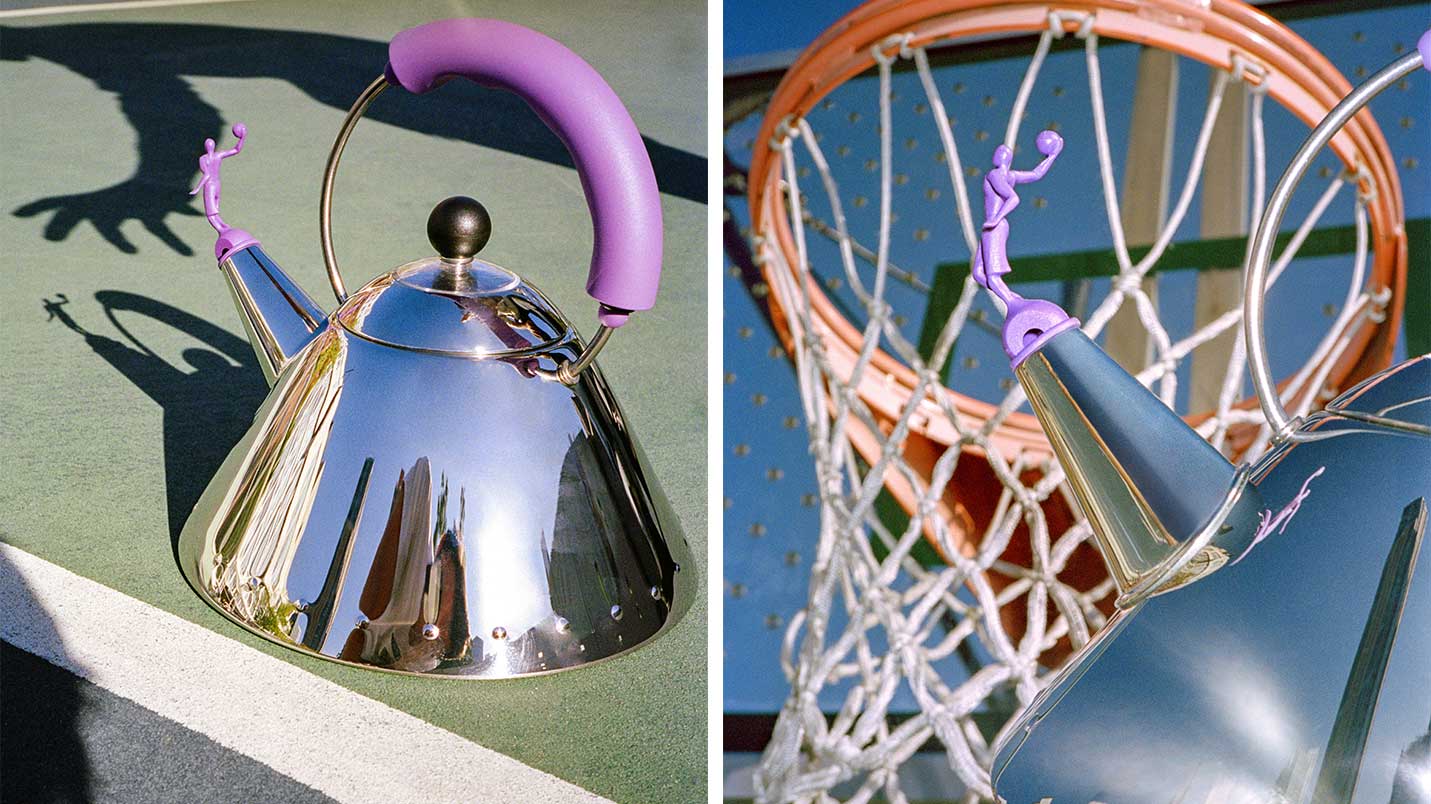 Virgil Abloh Securities reimagines Alessi kettle by Michael Graves and it’s a slam dunk
Virgil Abloh Securities reimagines Alessi kettle by Michael Graves and it’s a slam dunkVirgil Abloh Securities and Alessi create a new edition of Michael Graves’ classic kettle, offering a new point of view on a contemporary design icon
-
 Abask, a new curated shopping website, highlights handmade design
Abask, a new curated shopping website, highlights handmade designAbask presents a curated online design shopping experience, thanks to a team of antique enthusiasts, craftspeople and designers
-
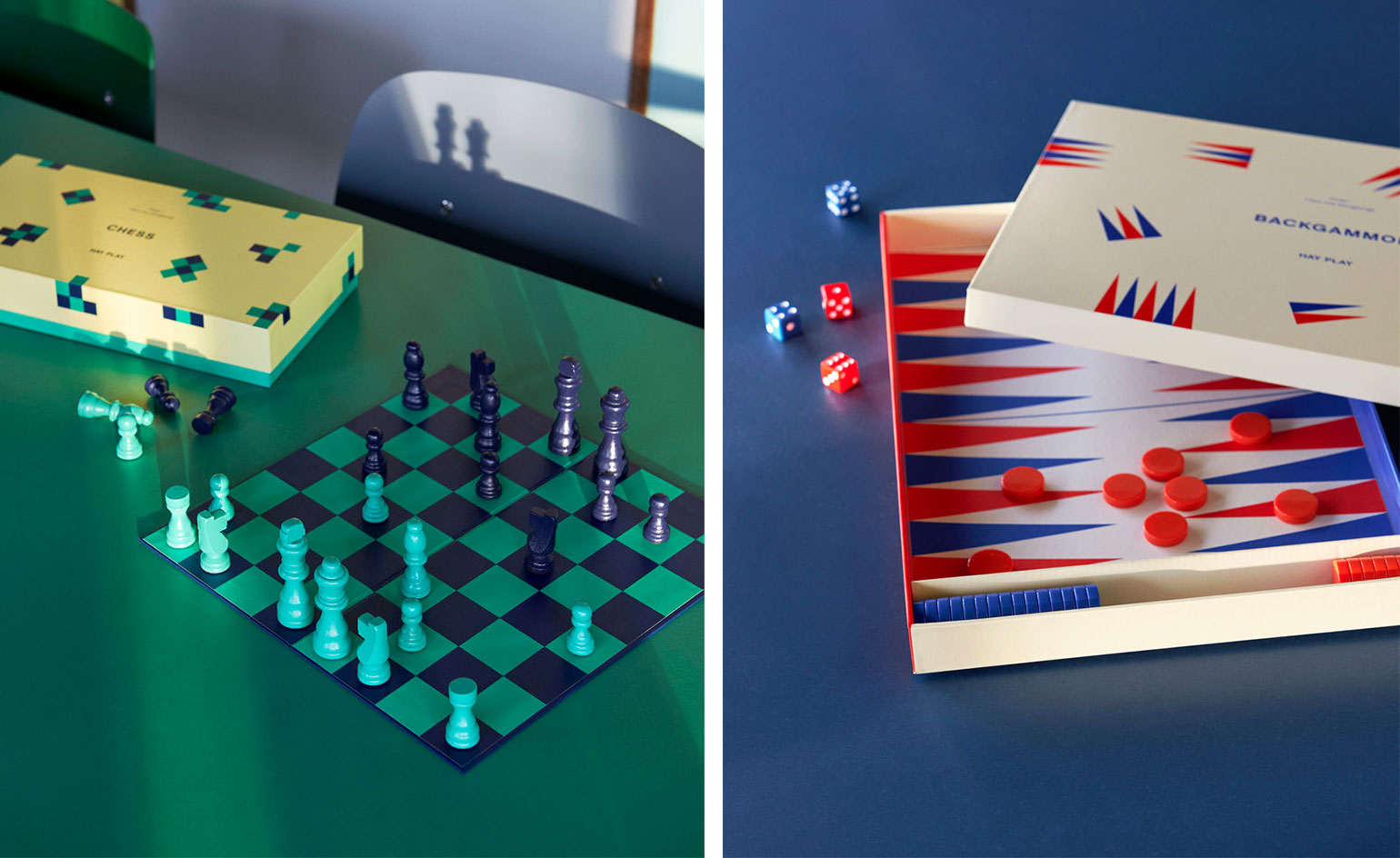 Hay Play reinterprets classic table games
Hay Play reinterprets classic table gamesNewly-launched Hay Play takes the Danish brand’s sleek design and colourful attitude to popular table games, from backgammon to chess and yatzy
-
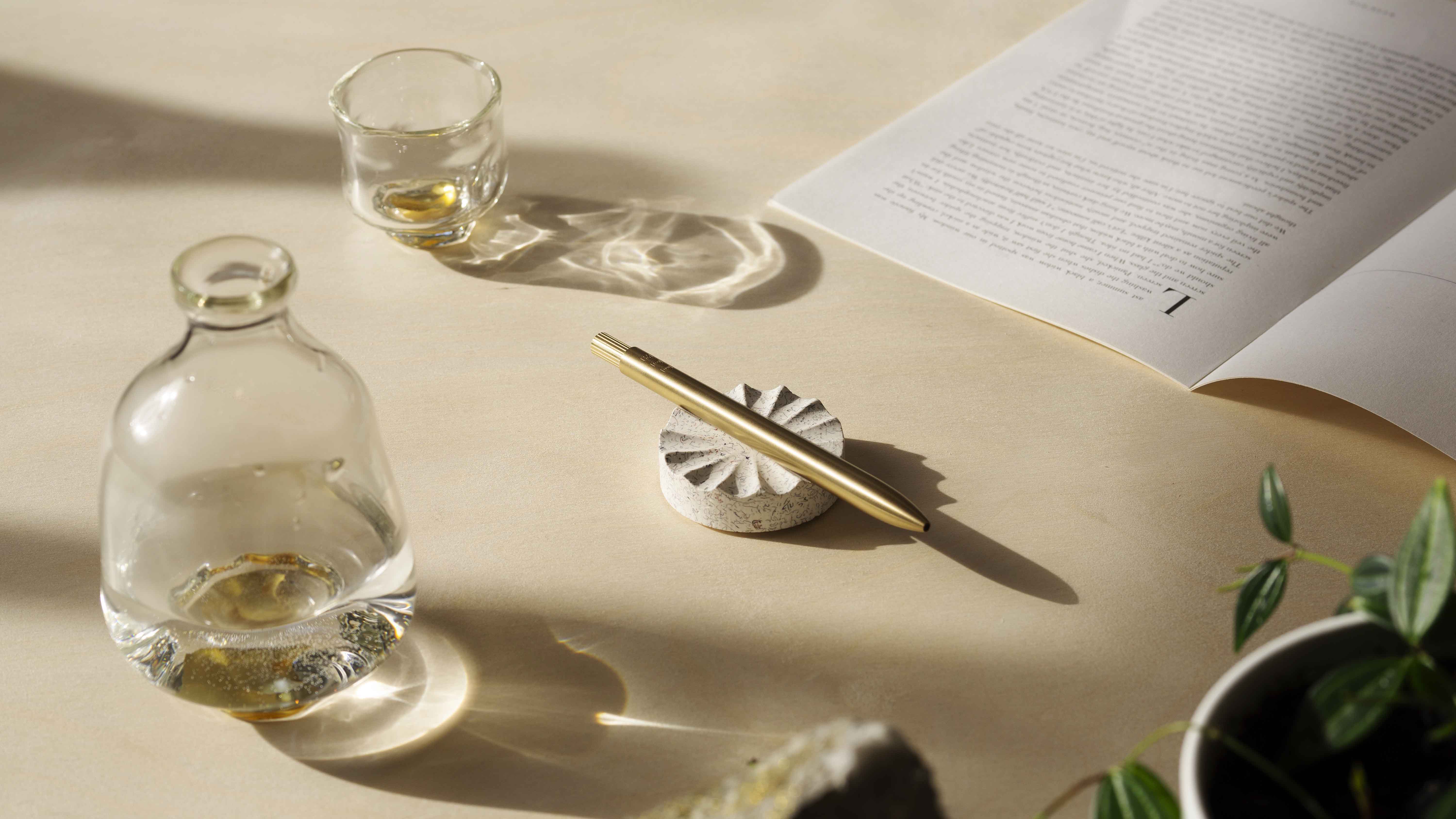 Reclaimed materials transformed into terrazzo by Ajoto and Olivia Aspinall
Reclaimed materials transformed into terrazzo by Ajoto and Olivia AspinallWe take a look at how British writing instruments brand Ajoto uses the waste from its pen manufacturing process to create a minimal pen rest, in collaboration with artisan Olivia Aspinall
-
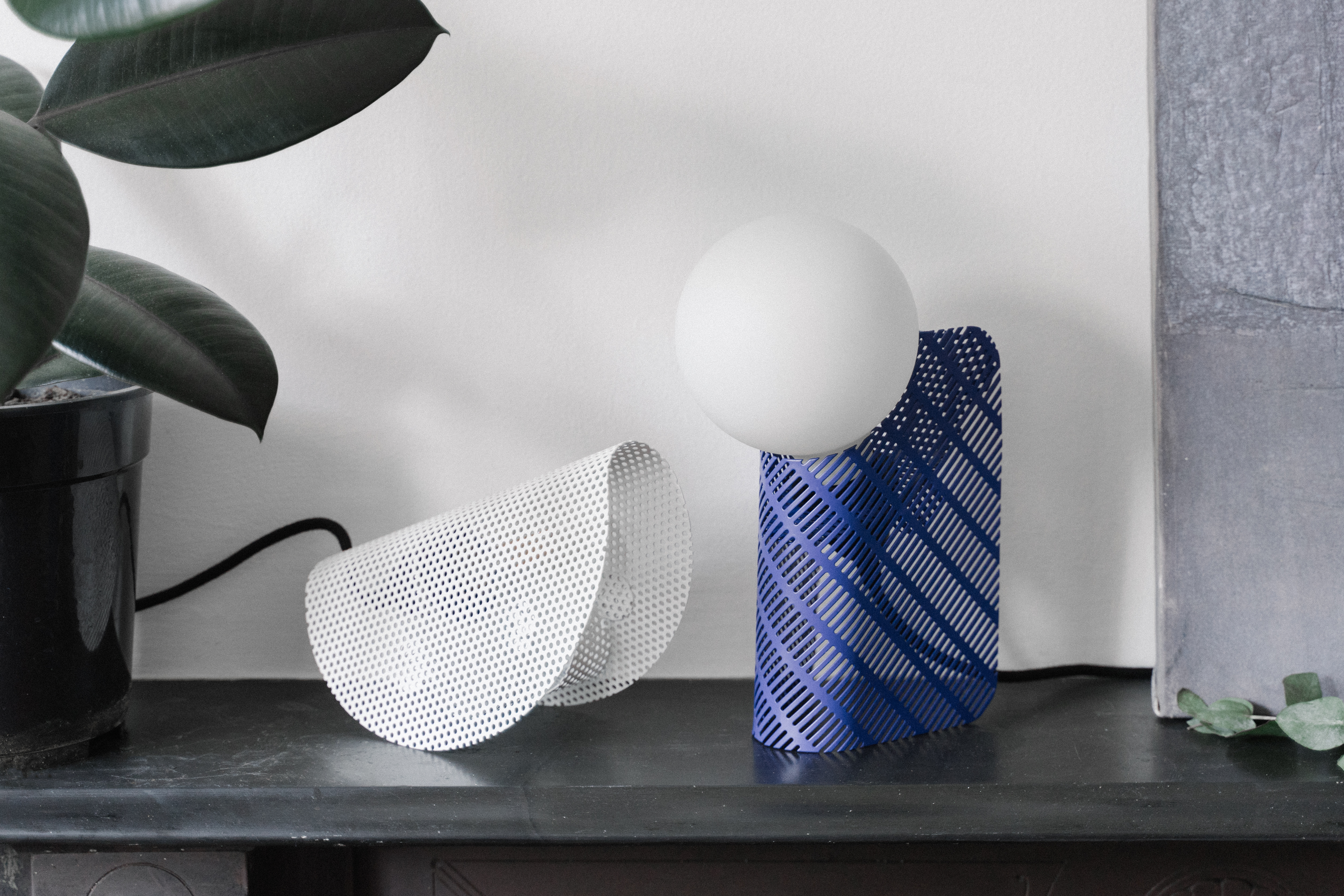 GoodWaste explores design through material leftovers
GoodWaste explores design through material leftoversLaunching its collection as part of Selfridges' Bright New Things, the London-based collective proposes a new model for circular, super local design manufacturing
-
 Raawii enlists ceramic artist Alev Siesbye for a multi-chromatic collection
Raawii enlists ceramic artist Alev Siesbye for a multi-chromatic collectionThe collection by Turkish artist Alev Siesbye for Danish brand Raawii includes cups, boxes and vases in multicoloured hues
-
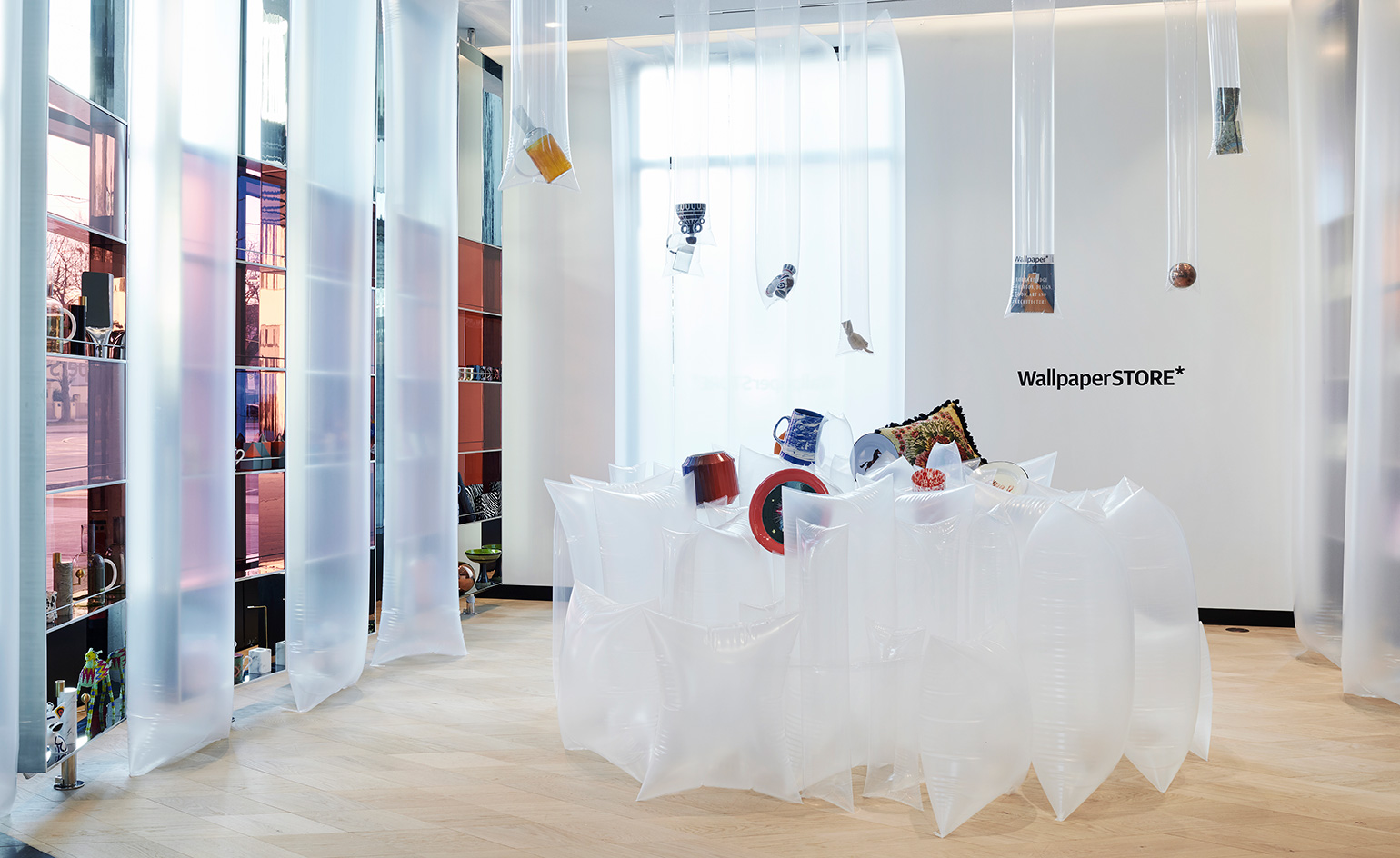 WallpaperSTORE* pop-ups and concept stores from around the globe
WallpaperSTORE* pop-ups and concept stores from around the globe